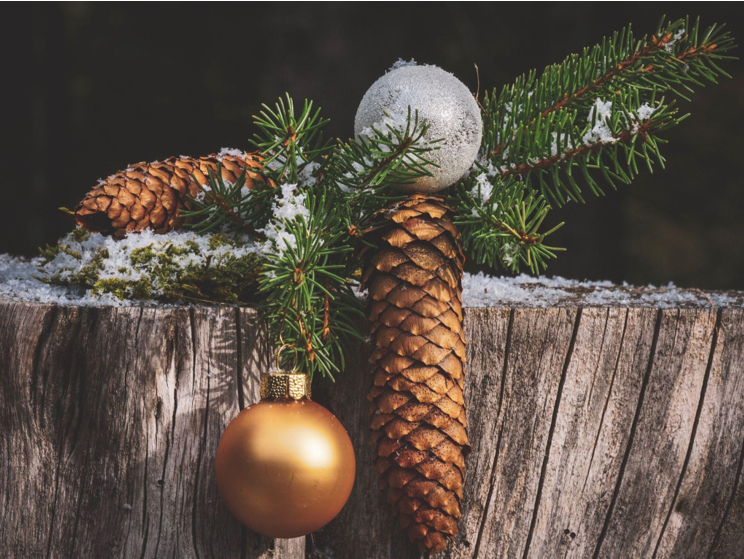A Historical Perspective
As we prepare to decorate our homes for the holidays, we often take the presence of artificial Christmas trees for granted. However, the history of these trees stretches back to the 19th century, when German and American manufacturers first began to experiment with creating artificial versions of the real thing.
The earliest artificial trees were typically made of feathers, wool, or other materials designed to mimic the appearance of leaves and branches. These early versions were relatively expensive and seen as a luxury item, mainly marketed to the affluent members of society.
It wasn’t until the late 19th century that artificial Christmas trees became less expensive and readily available to the masses. By the early 20th century, production ramped up, and consumers could choose from a range of options, including trees made with tinsel, aluminum, and even paper.
From Vintage to Modern
As artificial trees evolved, they began to take on new and exciting forms. In the 1950s, for example, companies began to manufacture trees made from plastics that could be molded into a variety of shapes and colors.
Today, we can find a wide range of artificial trees in all shapes, sizes, and colors. Some people prefer traditional styles that harken back to the past, such as vintage feather trees, while others prefer modern designs that are pre-lit, flocked, or even scented to smell like real trees.
One of the great things about artificial Christmas trees is that they can be kept for many years and passed down through generations – becoming cherished family heirlooms and artifacts in their own right.
In fact, some museums have begun to recognize the historical significance of artificial trees and acquired vintage pieces for their collections. For example, in 2011, the Museum of Science and Industry in Chicago exhibited a collection of vintage artificial trees from the 1920s and 1930s, highlighting their design and cultural significance.
Conclusion
Artificial Christmas trees may not be as glamorous or romantic as real trees, but they have come a long way since their humble origins. From feather trees to modern, pre-lit designs, these trees have become an integral part of holiday traditions for many families.
As we decorate our homes for the holidays, it’s worth taking a moment to appreciate the history and evolution of these trees – and perhaps even consider starting a collection of our own vintage pieces to pass down to future generations.

